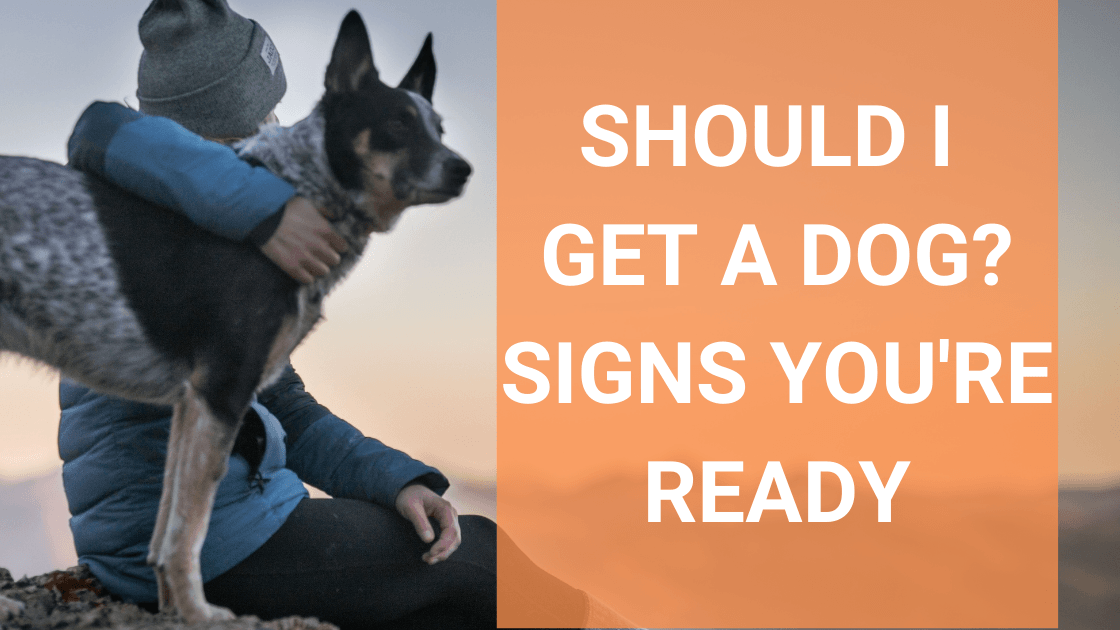Housetraining a rescue dog is actually not very different than house training a puppy! And the good news is, it’s usually a faster and less frustrating process.
If you’ve recently adopted an adult dog that’s in need of some potty-training, or maybe you’re looking to re-train or work on some bathroom related challenges with your adult dog, you’re in the right place!
Most important, if you’ve rescued an adult dog, keep in mind that you don’t know their history. Maybe they came from a home with a schedule and some basic training, but it’s also possible they lived their life mostly outside or were always in their crate.
Approach housetraining with some patience and consistency, and your dog will be housetrained in no time. If there’s one thing that’s certain, all dogs are capable of learning new things--especially when positive reinforcement and routines are in place.
Make a routine and stick with it
When you bring your rescue dog home, it’s important to implement a schedule right away. Dogs thrive on predictability, and with rescue dogs, a predictable schedule can be even more important for a smooth transition--including housetraining.
The goal is to send your dog a message of security and safety. One of the best ways to communicate that is with lots of positivity and predictability.
So what does this mean? Every day you want to try to take your dog out and feed them at roughly the same time. Even more than that, you want to create routines around where they go to the bathroom, where you feed them, and when they can expect longer bouts of exercise and play.
In the first few weeks, when you are working on house training your rescue dog, aim to take your dog out 6-8 times per day, or once every 1-2 hours. This won’t last forever! In fact, for some adult rescue dogs, they only need this intensive training for 3-4 days.
Once you see that your dog is catching on to holding it and going outside, they should be able to work up to 4-6 hours stints between bathroom breaks. But in the beginning, frequency is key!
For this reason, I always recommend people take a little time off work when they first adopt a dog so that they can really focus on bonding and training. If this isn’t possible, you can lean on support or hire help while you get your dog housetrained and adjusted to their new home.
Here’s a sample schedule for housetraining your rescue dog:
- 7am: up for the day, go right outside, come in and do breakfast
- 8am: out again for bathroom and longer exercise session
- 10am: bathroom break
- 12pm bathroom break
- 2 pm bathroom break
- 4 pm bathroom break and longer exercise session
- 6pm dinner
- 6:30pm dinner followed by bathroom break
- 8:30/9pm out for the last time
- Overnight: one scheduled bathroom break as needed
Utilize a crate, even if it’s not forever
The next key to quickly housetraining your rescue dog is by using a crate. Crate training is a valuable tool for all dogs not only because it helps with housetraining, but it provides a haven, builds routine, and gives them a place to mentally decompress.
Most salient to this article – it makes housetraining so much easier because dogs instinctively don’t like to soil where they sleep! Aim to have your dog in their crate during the night, and any time you can’t have a close eye on them to prevent an accident.
The most important tips to remember when crate training is to keep the crate as a positive space. Never use the crate as a punishment. What’s more, only put your dog into their crate after they’ve had other needs met.
For more on this, read Crate Training Older Dogs and The Benefits of Crate Training
Other tips for housetraining your rescue dog
- When you bring your dog outside to go to the bathroom, bring them to the same spot every time. For adult dogs this can actually help them learn faster, and it’s a benefit to you!
- Every time your dog successfully goes to the bathroom outside, give them immediate praise. Don’t hesitate to bring out all the stops! Special treats and tons of positive reinforcement are great. You want your dog to know that eliminating outside is awesome
- When your dog goes to the bathroom outside, use a consistent word or phrase to signal what they’re doing. Quickly, your dog will associate the command, and you’ll be able to use it to get them to go on cue
- If you catch your dog going inside, stop them with a firm no (or other interjection) and lead them immediately outside. No extensive scolding is necessary
- If you find an accident in the house after the fact, simply clean it well. It is a myth that putting your dog’s nose in it or scolding them after the fact has any positive or productive effect on the process. Cleaning it well is important though! Some experts say that the lingering smell of urine can actually encourage them to continue to do it in the same spot
- Set your dog up for success! If they’re having accidents more often than not, you may not be taking them outside often enough. With puppies, some people take them out every 30 minutes. If your adult rescue dog is simply not getting it, take them out more frequently until they do
- Help your dog signal that they need to go out. I’m a huge proponent of using a bell on the door! Tie a bell on a string to the main door you use to take your dog out. Ring the bell every time you take them outside. Amazingly, your dog will begin nosing the bell to signal they need to go out. We’ve done it with two of our dogs, and countless friends have had it work when I suggest it!
- Remember that eating and drinking leads to more bathroom trips, especially while your dog is learning their new elimination schedule. Plan to take your dog out 15-30 minutes after a meal
- When you take your dog out to use the bathroom, spend a little time playing or walking after they go. If you take them right back inside, they may start delaying going when you get outside in order to gain more time outside. Dogs are smart after all! This is also why doing bigger chunks of exercise at predictable times are important. Your dog will start to know when they can expect longer outside breaks and when they need to be quick
Ready to housetrain your rescue dog?
Honestly, this isn’t going to be too hard! Some rescue dogs need a little more patience than others, but all dogs can learn to eliminate outside.
With the steps and tips outlined in this article, your dog should be well on their way to housetraining in a matter of a few days or weeks.
In rare and extreme cases, a trainer can help. But with a crate, a predictable routine, and consistency you’ve got this!
With a newly adopted dog in your home, don’t miss some of our other great resources and articles:



